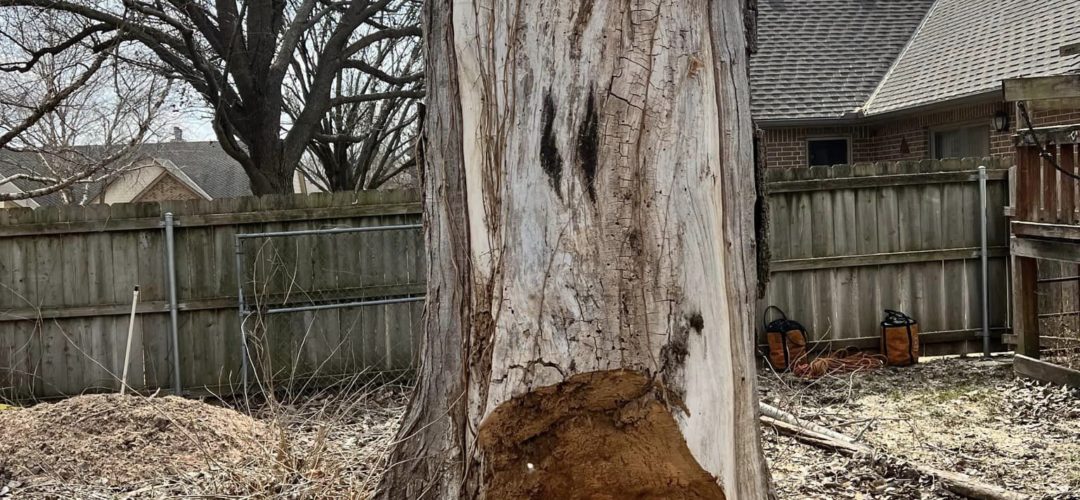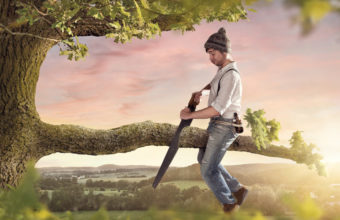While tree trimming offers numerous benefits, there are also disadvantages and potential drawbacks to consider, especially if it’s done improperly or excessively.
Some of the disadvantages of tree trimming include…
- Stress on the Tree – Over-pruning or excessive trimming can stress the tree. Removing too many branches or leaves at once can weaken the tree, reduce its ability to photosynthesize, and lead to health problems.
- Increased Vulnerability to Disease and Pests – Improper pruning cuts and open wounds can provide entry points for disease pathogens and pests. Trees that are pruned incorrectly are more susceptible to infections and infestations.
- Risk of Structural Weakness – Incorrect pruning can lead to structural issues, such as the development of weakly attached branches or multiple leaders (co-dominant stems). These structural weaknesses can increase the risk of branch failure or tree instability.
- Loss of Aesthetic Value – Poorly executed trimming can negatively impact the tree’s appearance, resulting in an unsightly or unbalanced shape. This can be a disadvantage if aesthetic appeal is a concern.
- Reduced Canopy and Shade – Excessive pruning can result in the loss of the tree’s canopy and shading capacity. This can be problematic if you value the tree for its shade or if it serves as a habitat for wildlife.
- Potential for Decline – In some cases, aggressive or inappropriate tree trimming practices can lead to tree decline or even death. Trees may struggle to recover from severe pruning.
- Legal Restrictions – In some regions, there may be legal restrictions or permits required for tree trimming, particularly if it involves significant pruning or removal. Failure to comply with local regulations can result in fines or penalties.
- Cost – Depending on the tree’s size and complexity, professional tree trimming can be costly. Not investing in proper tree care can lead to higher costs in the long run, such as tree removal and property damage.
To avoid these disadvantages, approach tree trimming with care and follow industry-standard pruning practices. Consulting with a certified arborist or tree care professional can help ensure that your tree trimming goals are met while minimizing potential drawbacks. Properly conducted tree trimming can improve the tree’s health, safety, and aesthetics when done in a responsible and knowledgeable manner.






